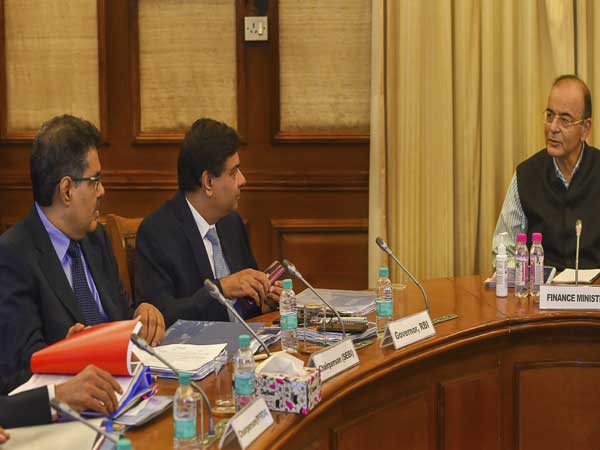
Urjit Patel’s decision to resign as RBI governor came four days before the RBI board’s December 14 meeting. Last week, during the fifth bi-monthly policy meeting, Patel refused to answer questions on the controversies surrounding the RBI’s autonomy and his tiff with the government. So what were the sticking points between the two sides.
Section 7 of the RBI Act:
Last month, there was speculation over Patel’s resignation following the government’s decision to invoke the never-used-before special powers under Section 7 of the RBI Act to initiate consultation on a range of issues such as the Prompt Corrective Action (PCA) norms, accessing RBI’s capital reserves, timeline and benchmark for banks to meet new capitalisation norms; and liquidity problem in NBFCs.
Section 7 of the RBI Act gives special powers to the government to issue directions to the RBI governor on issues of public interest.
Relaxation of PCA norms:
The government wanted the RBI to relax the prompt corrective action (PCA) framework under which as many as 11 public sector banks are placed due to enormous stressed assets. The government says the stringent norms hurt credit growth. The government has sought a special refinance window for mutual funds, NBFCs and housing finance companies; a facility for banks to raise $30 billion overseas; a relaxation in the limits on corporate bonds for foreign portfolio investors; and easier mandatory hedging requirements for infrastructure loans of less than 10 years, management of surplus and liquidity measures for MSMEs and NBFCs.
In the interest of long-term financial health of the country, the RBI does not want to ease controls to help government achieve short-term goals of economic growth.
Capital adequacy norms:
The rift between the government and the RBI had widened in October after deputy governor Viral Acharya's remarks warning against undermining the central bank's independence that it could be “potentially catastrophic”. Similarly, last month deputy governor NS Vishwanathan dismissed calls for lowering capital adequacy norms for the lenders and matching them with global levels. The capital requirements are high for domestic lenders because of higher bad loans, Vishwanathan explained, and warned that lowering capital norms merely for aligning them with global standards will create "make believe" strong banks.
Most central banks around the world keep 13 per cent to 14 per cent of their assets as reserve, compared with the Reserve Bank’s 27 per cent. However, those countries that India is being compared with have better financial markets. A meeting on November 19 discussed those issues too and seemed to end on a conciliatory note but it now appears that the issues were far from resolved.
Verbatim:
Sujan Hajra, chief economist, Anand Rathi Financial Services:
“This was unexpected. The timing is also surprising as governor continued after the contentious board meeting and also during the December monetary policy. This seems the culmination of the differences of opinion between government and RBI on a large range of issues. We had the feeling that the difference are bridging but today’s event suggests otherwise. This will create uncertainty. Appointment of a credible governor quickly can dispel the situation.”



